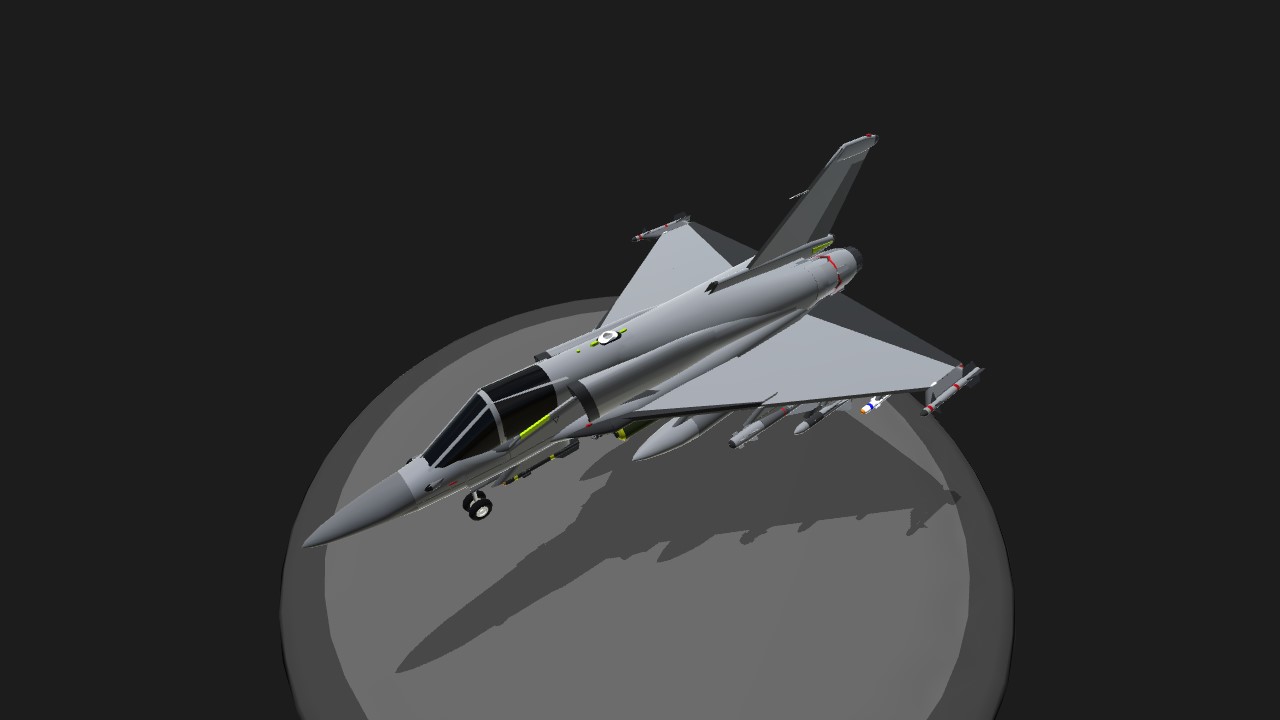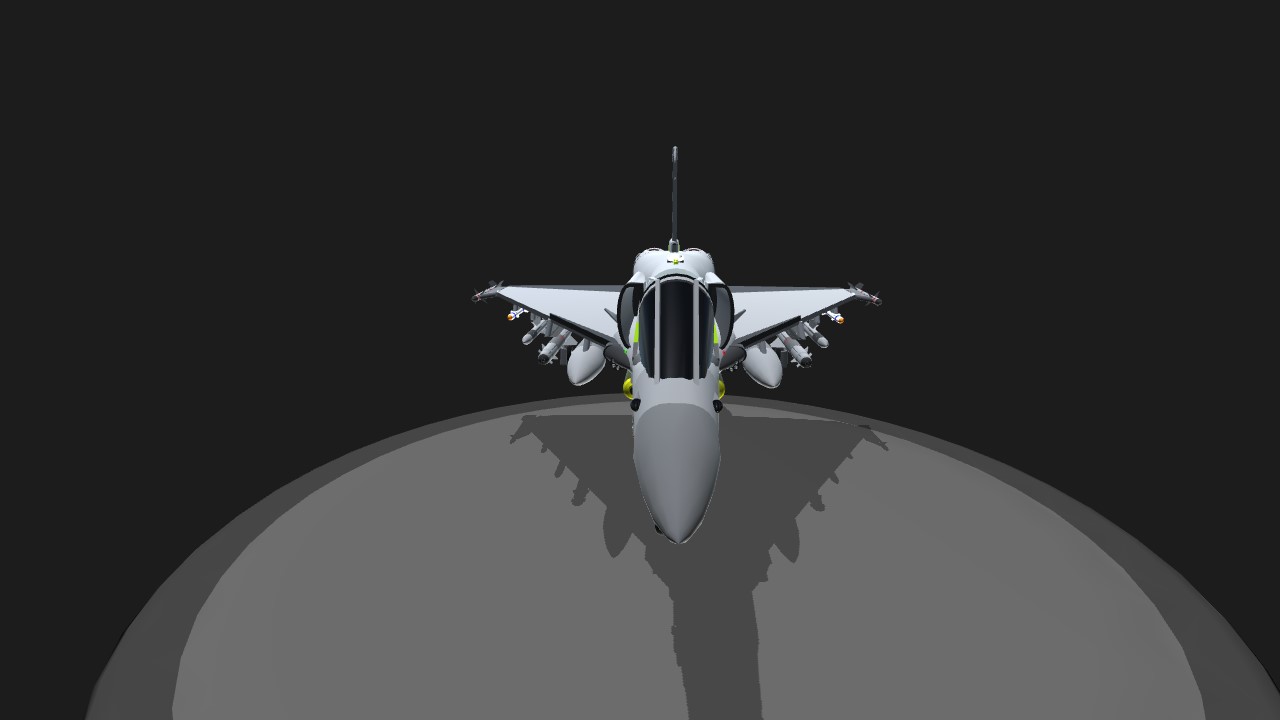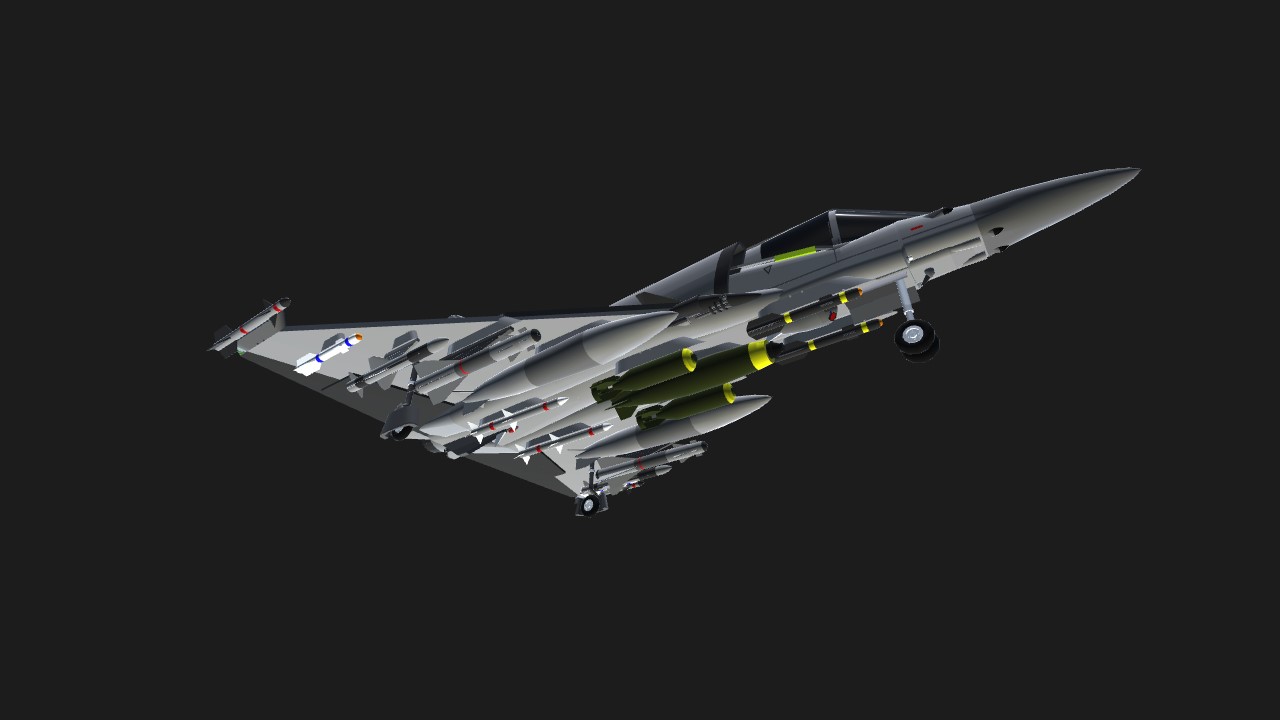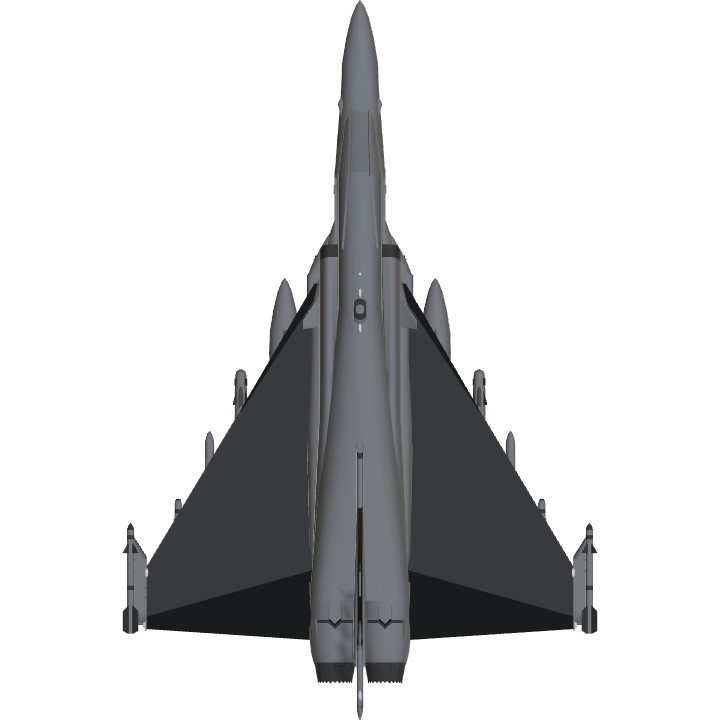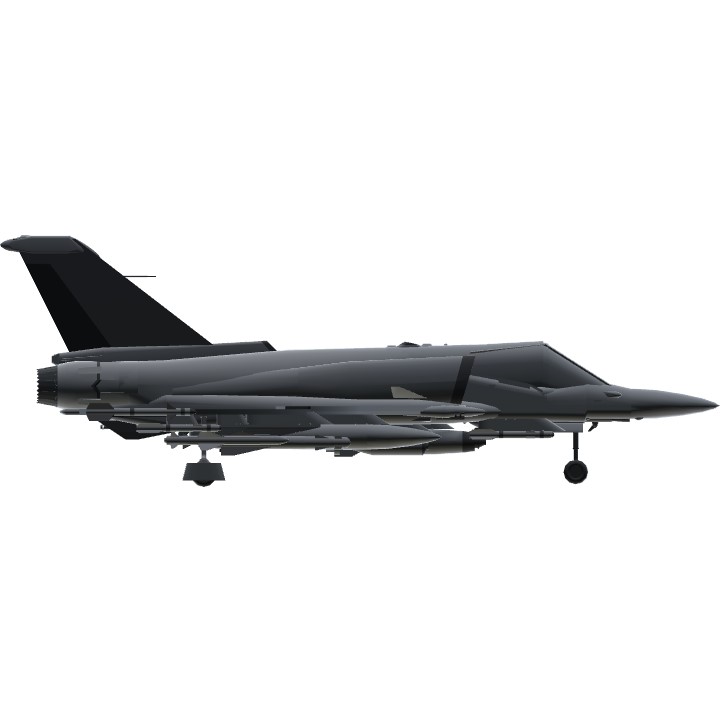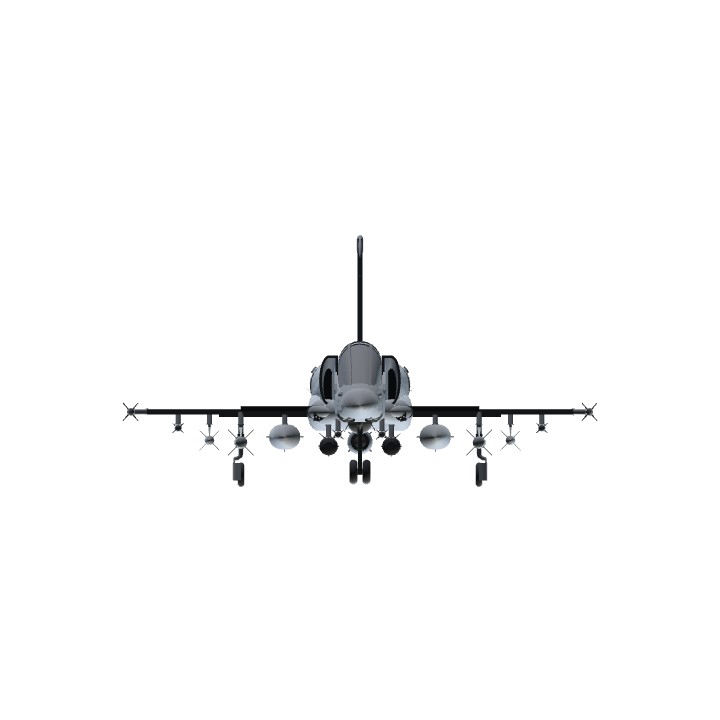CONTROLS
AG1/AG2 + Inferno: AS-14 “Kedge” Anti-tank Missile
AG3/AG4 + Inferno: AGM-121 “Ironblast” air-to-surface Missile
AG5: Fuel Tanks Jettison
AG6: Chute deploy
AG7: Landing Lights and Air-refueling light operation
AG8: Navigation/Anti-collision lights
AG8 + Fire button: Flares cartridge (de-activate before T/O)
----------------------------------------------------------------------
WEAPONS OPERATION
------------AS-14 Kedge-----------------
-Select Air-to-Ground target mode
-Select Inferno type weapon
-Acquire target (steady red box)
-Fire weapon
-Activate AG1 for LH missile or AG2 for RH missile (usually the right missile fires first)
----------AGM-121 Ironblast--------------
-Select Air-to-Ground target mode
-Select Inferno type weapon
-Acquire target (steady red box)
-Fire weapon
- Activate AG3 for LH missile or AG4 for RH missile (usually the right missile fires first)
-----------------------------------------------------------------------------------
This mission variant of the aircraft displays the extreme multi-mission capability. For demonstration purposes it is equipped with:
-2 x AS-14 “Kedge” Anti-tank Missile
-2 x AGM-121 “Ironblast” air-to-surface Missile
-2 x AM39 Exocet Anti-ship missile
-2 x Mk.81 250lbs Un-guided bomb
-1 x Mk.82 500lbs Un-guided bomb
-2 x AGM-114 Hellfire/Inferno air-to-surface multipurpose missile
-2 x AIM-120 AMRAAM Air-to-Air Missile
-2 X AIM-9X Sidewinder Air-to-Air Missile
-2 x Fuel Droptanks
-------------------------------------------------------------------------
The F-62 Raven is a twin-engine, delta wing, supersonic, multirole fighter aircraft. The Raven was designed and is manufactured by the JintAC consortium and HARPIA Defence Systems Co., that conducts the majority of the project through the company’s NFX Program. The NFX Program intended to produce an affordable, adjustable and “lethal” fighter based on the previous successful lightweight F-28 attack platform.
The F-62 Raven is a highly agile aircraft, designed to be a supremely effective strike fighter in combat. The aircraft is adequately equipped to undertake air-to-surface, air superiority, air interdiction, aerial reconnaissance and close air support strike missions and is compatible with an increasing number of different armaments and equipment. Its operational performance is enhanced by the fact that it is aerial refueling capable via the fuel-boom receptacle (JARBoS type) located behind the canopy. The type has already taken primary responsibility for air-defence and ground attack duties for the Royal Krakabloan Air Force, who is the first customer and the first operational user with 80 aircrafts in order.
The F-62 Raven is equipped with the APG-101 Dazzler Radar, an Active Electronically Scanned Array (AESA+) radar being developed by the JintAC Consortium, led by HARPIA DS. It operates in automatic Emission Controls (EMCON) to reduce the Electro-Magnetic emissions of its highly sophisticated design. The Dazzler has 5 working channels, 2 intended for classification of jammer and for jamming suppression. A succession of radar software upgrades, developed and applied by HARPIA DS, have enhanced the air-to-air capability of the APG-101 Dazzler radar. These upgrades have included the “SunStorm Protocol” regarding the effectiveness in battle management of low-RCS targets.
The APG-101 Dazzler AESA radar provides an all-weather ground attack capability to the aircraft with a low probability of intercept radar with much better jam resistance. A senior JintAC radar expert has claimed that Dazzler is capable of detecting an F-35 from roughly 150 km away.
The aircraft, also, employs a sophisticated and highly integrated Defensive Aids Sub-System named GUARDIAN360. Guardian360 monitors and responds automatically to air and surface threats, provides an all-round prioritized assessment, and can respond to multiple threats simultaneously. Threat detection methods include a Radar warning receiver (RWR), a Missile Warning System (MWS) and a laser warning receiver (LWR). Protective countermeasures consist of chaff, flares and an electronic countermeasures (ECM) suit. The ESM-ECM and MWS consists of 10 AESA antenna array assemblies and 7 radomes scattered throughout the fuselage and the wings.
The Raven features lightweight construction (85% composites consisting of 70% carbon fiber composite materials and 15% glass fiber reinforced composites) with an estimated lifespan of 7,000 flying hours.
The electronic jammer, included in its equipment, known as Cyclops is expected to provide an off-board capability to decoy radar guided missiles and fire-control radars, producing large miss distance and angle break lock. Such capability is provided by self-contained coherent technique generation processing and high-power batteries in addition to rapid response capabilities. The Cyclops system is dispensed in the initial format from standard 55 mm flare cartridge located at the aft central underbelly ventral fin.
The F-62 comes with the Active Optronic Airborne Track Equipment system called RedEye, which is an IR/UV/EM search and track system mounted on the fwd fuselage, just behind the nose wheel compartment. The system provides advanced targeting capabilities and thus the aircraft does not need an addition of a targeting pod such as the LITENING or SNIPER FX pod. The RedEye when used with the radar in an air-to-air role, it functions as an infrared search and track system, providing active target detection and tracking. In an air-to-surface role, it performs target identification, classification and acquisition. By supercooling the sensor even small variations in temperature can be detected at long range. Although no definitive ranges have been released an upper limit of 160 nm has been hinted by JintAC officials. It also provides a navigation and landing aid and is linked to the pilot’s helmet-mounted display. RedEye allows the detection of both the hot exhaust plumes of jet engines as well as surface heating caused by friction; processing techniques further enhances the output, giving a high resolution image of targets. The output can be transmitted via Tactical Data Link (LINK16) to other aircrafts, ships or ground C2C stations.
The main RedEye sensor has a stabilized mount so that it can maintain a target within its field of view. Up to 300 targets can be simultaneously tracked using one of several different modes; Multiple Target Track (MTT), Single Target Track (STT), Single Target Track Ident (STTI), Sector Acquisition, Slaved Acquisition and Laser Ranging Acquisition. The RedEye connects directly to the Mission Control System of the aircraft and thus augmenting the level of sensor fusion. Off-board sensors can be used alongside the RedEye system, such as battlefield data obtained from an AWACS platform.
Once a target has been tracked and identified RedEye can be used to cue an appropriately equipped short range missile, i.e. a missile with a high off-boresight tracking capability such as ASRAAM. Additionally the data can be used to augment that of APG-101 Dazzler’s or off-board sensor information via the AIS. This should enable the Raven to overcome severe ECM environments and still engage its targets effectively.
F-62 Raven
Mission Accomplished!!!
Credits to the respective designers of the weapons, who are many and I cannot remember their names. If you see your weapon-design here just message me and I will put your name here. Thanks again!
Specifications
Spotlights
- Viper28 9.2 years ago
General Characteristics
- Predecessor AVX-33A Neutralizer
- Successors 2 airplane(s)
- Created On Windows
- Wingspan 30.5ft (9.3m)
- Length 47.1ft (14.3m)
- Height 16.3ft (5.0m)
- Empty Weight 21,970lbs (9,965kg)
- Loaded Weight 21,970lbs (9,965kg)
Performance
- Power/Weight Ratio 3.068
- Wing Loading 35.4lbs/ft2 (172.7kg/m2)
- Wing Area 621.3ft2 (57.7m2)
- Drag Points 5599
Parts
- Number of Parts 304
- Control Surfaces 9
- Performance Cost 1,345

